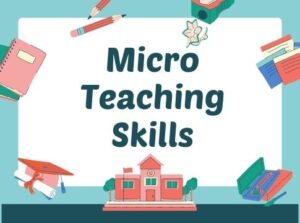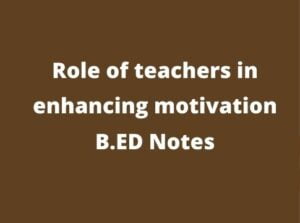What is the Meaning of Synectics?
Synectics is a Greek word that means the joining of different ideas together. The Model was designed to increase Creative Expression
Synectics Teaching model for Creativity
William J.L Jordan and his Associates have designed the Synectics model of teaching. The Model depends upon a number of assumptions regarding the process and development of creativity. It has the focus to develop the creativity of the students relating to the academic discipline.
Structure of Synetics Model
The structure of the synectics model consists of two strategies-
- Exploring the unfamiliar
- Creating something new
Exploring the unfamiliar
The first strategy Exploring the unfamiliar involves seven phases.
- In the first phase, the teacher provides information about a new topic.
- In Second Phase, The teacher suggests a direct analogy and ask students to explain the analogy.
- In the third phase, the Teacher gets students to be the direct analogy.
- In the fourth and fifth phases, Students re-explore the original topics on their own terms.
- In the last phase, students can provide their own direct analogy and identity similarities and differences.
Creating something new
The second Strategy Creating something new also includes seven phases.
- In the first phase, The teacher gets students’ descriptions of the situation as they are now perceived.
- In the second phase, The Teacher states problems and define the task.
- In the third phase, The students suggest direct analogies, select one and explore it.
- In the fourth phase, The students select personal analogy.
- In the Fifth phase, They take their description.
- In the sixth phase, They create and select under direct analogy based upon conflicts.
- In the last phase, the teacher gets to move back towards the original task
Social System: The model is moderately structured with the teacher initiating and guiding the students. The teacher Introduce his activities in a Psychological sequence. It creates the environment to develop the intellectual and emotional aspects of the students and can enjoy the learning activities. Self-motivational and internal motivation is essential for the problem-solving behaviour of the learners.
Support System: The teacher provides all types of facilities to the students to improve the creativity of the learners and groups. The students encounter the scientific problem so that they can make the problem concrete. They have to perform some activities to find out the solution. The smaller group can work effectively for the purpose of creativity training.
Classroom Application
- It is used to develop the creative abilities of an individual and groups
- It is facilities implicit learning.
- It may be used with students in all areas of curriculum both science and arts.
- This may be applied in the interactive teaching situation and in material for the mediated learning experience.
- The student-teacher can use this model successfully in classroom teaching.



